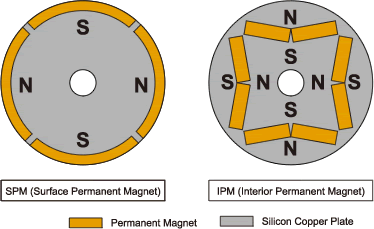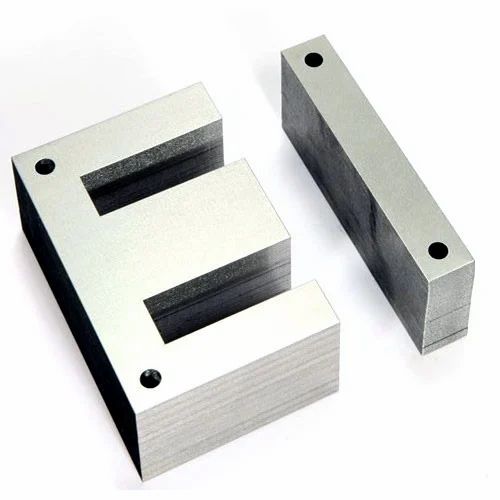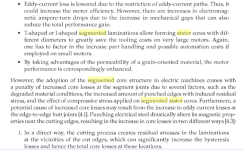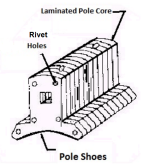Samd
10 MW
You might enjoy this link to the aussie CSIRO motor also. https://endless-sphere.com/forums/viewtopic.php?f=28&t=13957&start=15
Sent from my iPhone using Tapatalk
Sent from my iPhone using Tapatalk



PaulD said:Cool video. I like the idea of the separately wound segments. Interesting that the stator tooth tips are non-existent to allow this type of assembly. Perhaps the motor design experts can chime in on that... Looks like the coils are only retained at the end turns (but all that glue holds it together, i guess).
Too bad an inrunner would be impossible to assemble this way. Maybe for an inrunner, the coils could be pre-wound on stator segments that all get pieced together in the motor housing.
It's more that it sets a lower limit. For mechanical purposes (some kind of joint for registration etc.) and for magnetic purposes (reluctance of the joints etc.).PaulD said:Thanks Miles. When you say "sufficient material in the yoke to make interconnection", does that mean that a larger yoke cross sectional area is needed for a segmented stator than a one-piece stator?
Some sort of cap, added after coil insertion, using laminated steel or SMC is conceivable.




spinningmagnets said:So I gues we have to choose which compromise we hate the least?
